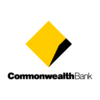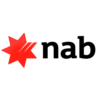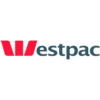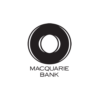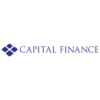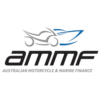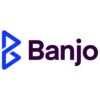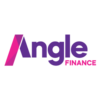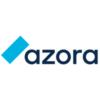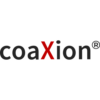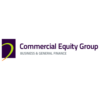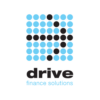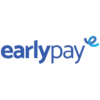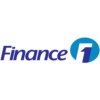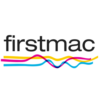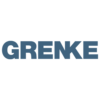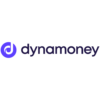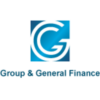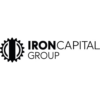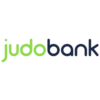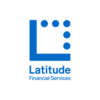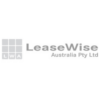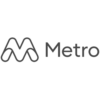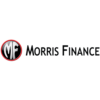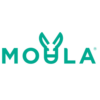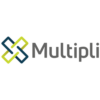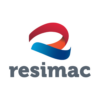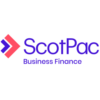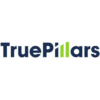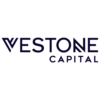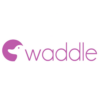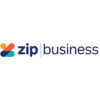WHAT WE FINANCE > BUSINESS FINANCE > DEBTOR AND INVOICE FINANCE
Debtor & Invoice Finance
Are you always chasing your customers for payments on outstanding invoices?
Contact us for a FREE QUOTE
Fill out the form below for a quick quote!
It’s natural in most businesses that sometimes you may have to chase payments on your outstanding invoices.
This can dramatically affect the cashflow of your business. We understand that your income is there and its coming. It’s just taking longer than usual to be paid from your customers. This results in you always being behind in paying your customers or even worse, your staff.
At Yakka Finance, we are specialists in Debtor and Invoice Financing.
Debtor and Invoice Finance, put simply, allows businesses to get immediate cash advances against your oustanding invoices. This can increase your cashflow and bring in enough working capital to pay for your ongoing company expenses. For growing businesses, it can be a massive help with cashflow.
There are two common ways of debtor and invoice financing within your business:
Invoice Factoring
Invoice Discounting
Our Specialists are always free to discuss whether Debtor and Invoice Finance is a viable option for your business.
At Yakka Finance we are dedicated to making Debtor and Invoice Finance as convenient and seamless as possible. We will act on your behalf to secure you the most cost-effective option to suit the needs of your business.
Keep your business moving with low rates
GET PRE-APPROVAL NOW!
What’s our promise to you?
We promise our service and expertise are convenient and cost-effective as we handle the entire finance process for you.
At Yakka Finance we take the time to get to know our customers and their business requirements before securing the right Debtor or Invoice Finance solution.
*Conditions apply. Subject to credit approval.
The Team at Yakka Finance are available at all hours to take your call. Please contact our Debtor and Invoice Finance Specialists on 1300 842 911 or by email at info@yakkafinance.com.au for a quote today!
Strong Relationships & Exceptional Service
Our customer relationships are built on trust, expertise, and communication. We take the stress out of the finance application process for you by providing a prompt, reliable and personalised service.
OUR LENDERS
Trusted by over 60 lenders with hundreds of loan products
FREQUENTLY ASKED QUESTIONS
Our most commonly asked questions answered below:
-
Debtor finance can provide fast funds to smooth out fluctuations in cash flow in your business. This form of finance means your business can receive payment on invoices within one to two business days once the facility is established. You can then see a big improvement in your cash flow position which will benefit the company and the take the time and effort away from chasing invoices.
In other areas you can obtain discounts by being an early payer from suppliers/creditors. When you are paid on time it allows for other areas of your business to also flow.

PAGES
HELPFUL LINKS
CONTACT US
Please feel free to contact the team at Yakka Finance 24/7
EMAIL: info@yakkafinance.com.au
PHONE: 1300 842 911
ADDRESS: Suite 5, Level 1, 345 Pacific Highway, North Sydney NSW 2060
Yakka Financial Pty Ltd ABN 75 626 017 070 trading as Yakka Finance
Yakka Financial Pty Ltd Credit Representative 508681 is authorised under Australian Credit Licence 389328.
This page provides general information only and has been prepared without taking into account your objectives, financial situation or needs. We recommend that you consider whether it is appropriate for your circumstances and your full financial situation will need to be reviewed prior to acceptance of any offer or product. It does not constitute legal, tax or financial advice and you should always seek professional advice in relation to your individual circumstances.
Yakka Finance are Members of the following Associations:




